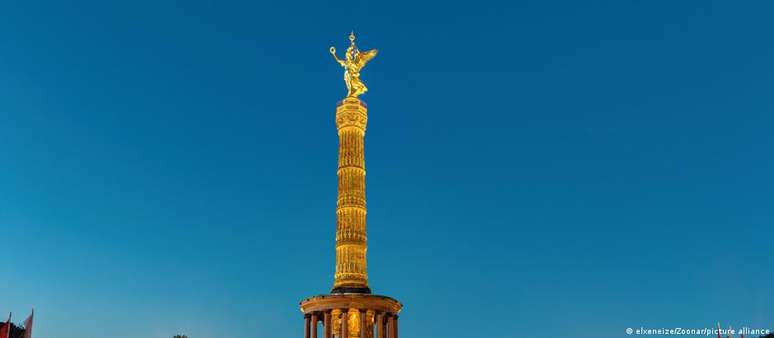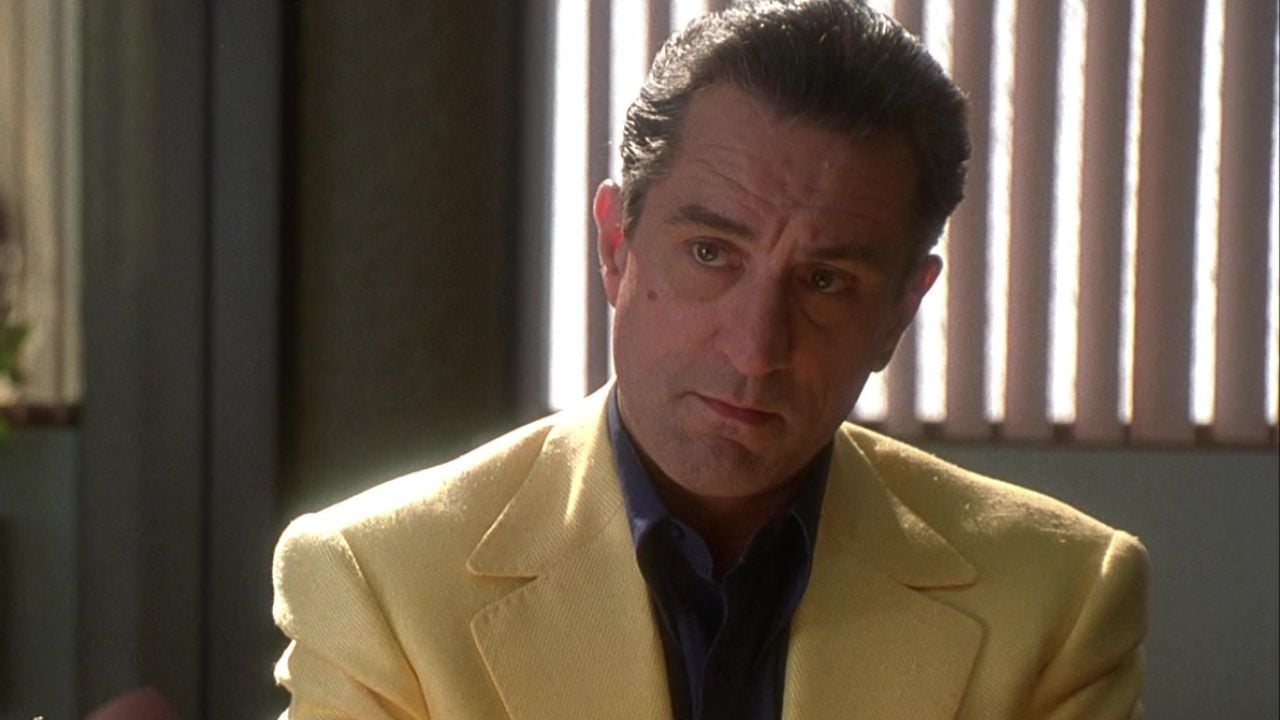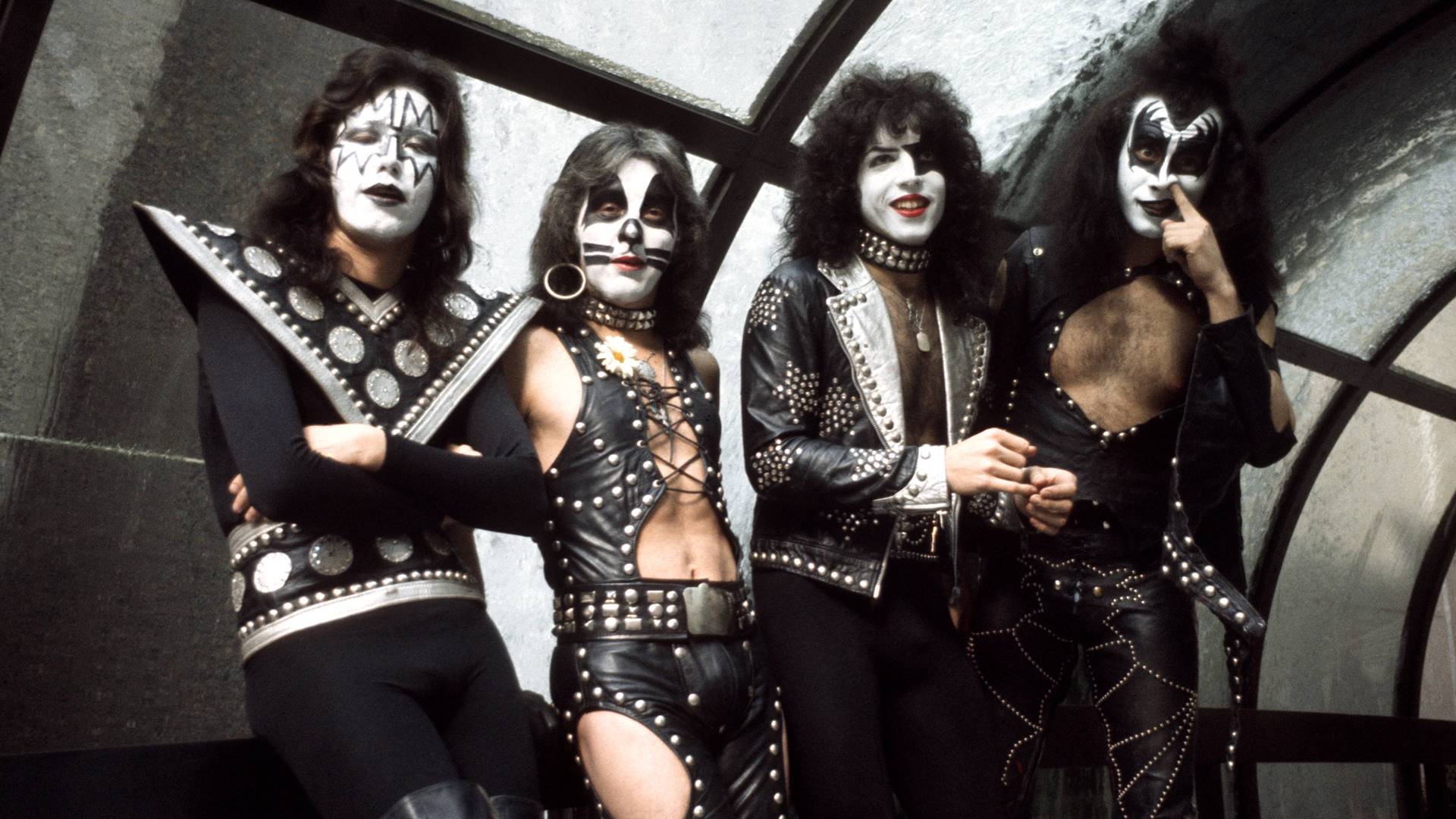Originally a symbol of the German Empire’s military victories, the monument was relocated by the Nazis, threatened with demolition, and became a film set. Today it is one of the best known places in Berlin, golden, glittering and overlooking the German capital. There is the goddess Victoria, enthroned atop the Siegessäule (Victory Column), the monument that the German Kaiser (Emperor) William I inaugurated on September 2, 1873, after eight years of construction.
The design and construction of the column was entrusted to the Prussian court architect Heinrich Strack. The golden figure of Victoria with a laurel wreath and a Prussian eagle on her helmet was created by the sculptor Friedrich Drake.
After the wars against Denmark (1864), Austria (1866) and France (1870), called the “wars of unification”, the Prussian king William I was proclaimed Kaiser in 1871 at the Palace of Versailles. In these wars, Prussia, the most powerful and populous German state, managed to unite virtually all German-speaking kingdoms, principalities and territories into a new empire, which would be the predecessor of modern Germany.
change of place
William had originally commissioned the Victory Column after the Prussian victory over Denmark in 1864, but as time went on Prussia and its allies amassed more victories, changing the character of the work. In 1873 the inauguration coincided with the third anniversary of the French surrender, the day of Sedan, in reference to the decisive battle of the Franco-Prussian War.
At that time the Victory Column stood in a different location, about a mile from its current location on Königsplatz, today’s Republic Square.
Originally the column was built in front of the Raczynski Palace, also designed by architect Heinrich Strack. The palace was finally demolished in 1880. In its place was built the new Reichstag building, completed in 1894, which now houses the German Parliament.
For more than sixty years the column stood in this place. But in the 1930s, during the Nazi regime, architect Albert Speer, a protégé of dictator Adolf Hitler, decided to move the column as part of his plans to turn Berlin into “Germany, the capital of the world.”
So in 1939 the column was moved to its current location on the Großer Stern (Big Star) square in the Tiergarten, the central point of a crossroads of road axes. To increase its visual impact, the column was enlarged from almost 60 meters to 67 meters in height.
In its final form, the column displays gold-plated cannons from the spoils of war, reliefs symbolizing the military achievements of the German Empire, as well as the sculpture of the goddess of victory. A spiral staircase leads to the top of the column, where visitors can admire the green landscapes of the Tiergarten.
Damage in World War II
The monument suffered damage during the Allied bombing of Berlin during World War II and the subsequent Soviet takeover of the city. After the defeat of the Nazi regime, a group of soldiers even spread the Polish flag over the monument. The French, one of the occupying forces of the city, demanded the complete demolition of the column, but the Americans and British opposed it. The Soviets abstained. However, the French decided to remove several reliefs from the monument, which remained in Paris until the late 1980s, when they were finally returned by then-President François Mitterrand to the local authorities.
Berliners, with their characteristic humor, soon gave the monument a less martial nickname, calling the goddess of Victory atop the column “Goldelse”, i.e. “The Golden Other”. The monument is especially popular with tourists visiting the German capital.
The platform, 51 meters high, offers an impressive panoramic view of the city. Along Rua do 17 de Junho, one of the streets leading to the column, it is possible to see the Brandenburg Gate, in which there is also the image of a goddess of Victory, driving a Quadriga (chariot with four horses), facing towards the east. The “Goldelse”, on the other hand, faces west.
Iconic scene from the movie
In 1987, director Wim Wenders used the Victory Column as the setting for one of the most striking sequences in the film Wings of Desire. In it, an angel played by Bruno Ganz stands atop the column and contemplates the still divided city – and entertains the idea of becoming mortal.
In 1993, after the fall of the Berlin Wall, Wenders again used the column as the setting for the film Far, so close!, sequel to The wings of desire.
Since the mid-1990s, the “Goldelse” has also been the focus of the Love Parade, which takes place at the foot of the Victory Column. In 2008, even Barack Obama gathered thousands of people there for a speech when he still dreamed of becoming president of the United States.
Source: Terra
Rose James is a Gossipify movie and series reviewer known for her in-depth analysis and unique perspective on the latest releases. With a background in film studies, she provides engaging and informative reviews, and keeps readers up to date with industry trends and emerging talents.



![Tomorrow Belongs to Us: What’s in store for Friday 17 October 2025 Episode 2055 [SPOILERS] Tomorrow Belongs to Us: What’s in store for Friday 17 October 2025 Episode 2055 [SPOILERS]](https://fr.web.img5.acsta.net/img/96/95/96957c8eef9a3bd87daf877432629ae3.jpg)


